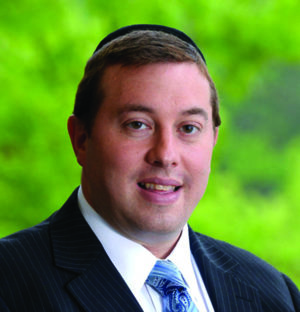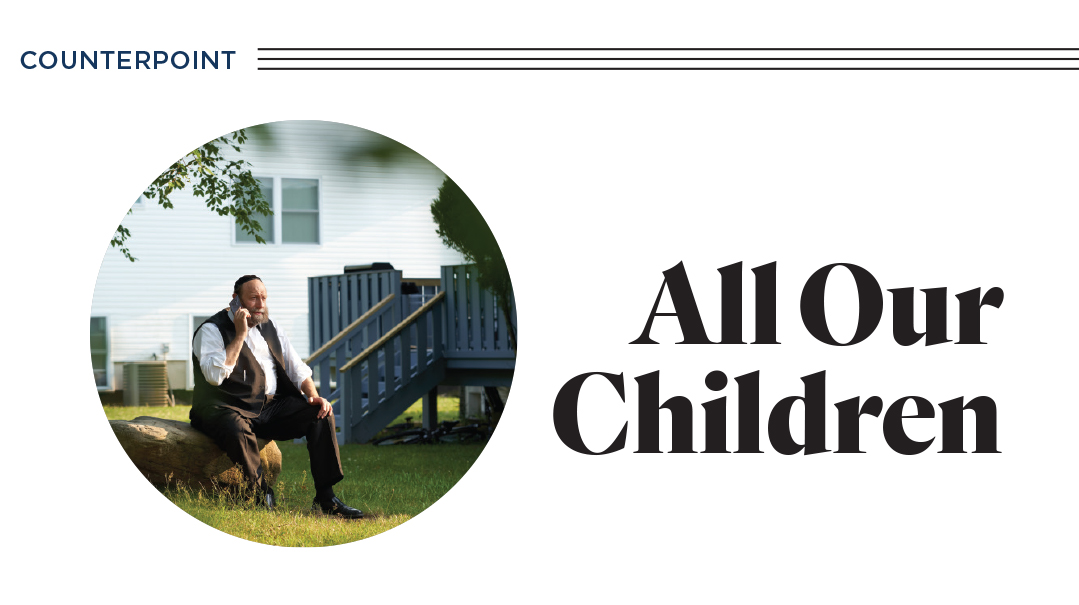Kiruv Is Not Dead

“The rumors of my death have been greatly exaggerated.”
So wrote the great American author Mark Twain and so, it seems, would be apropos for kiruv rechokim in America. One regularly reads about the end of kiruv, including twice recently from Rabbi Yonoson Rosenblum, who bemoans the apparent lack of interest in anything new, deep, or meaningful on the part of college students nationwide.
Yet for those of us who work in the well-over 100 campuses and young professional programs around the country (this is not even counting Chabad, who have hundreds of campus rabbis and centers and deserve their own article due to the scope of their work) and see the enthusiasm, growth, and mesirus nefesh of many of our students, kiruv is not only not dead, it is thriving and expanding.
Some relevant stories of mesirus nefesh from students of ours:
- Jared is a freshman planning to major in pre-med. He attended a spring break week of learning and meeting frum medical professionals in Baltimore, where he was inspired to start keeping kosher. He signed up for Torah learning and several shabbatons and asked us to inform the hosts that he is a vegan. Why? Jared confided in a mekarev that he finds it too difficult to fight with his parents about keeping kosher, so he simply decided to become a vegan to avoid any problems.
- Rabbi Shlomo Cohen, a mekarev at Rutgers University, attended the latest Maariv minyan in Edison, at Ohr Torah. At this minyan, which is about a ten-minute drive from campus, he met Steven, an engineering student who decided to become shomer Shabbos. Reb Shlomo asks Steven how he got there. “Uber,” came the reply. Steven didn’t want to daven Maariv without a minyan so he Ubered over. Would we make sure not to miss Maariv and insist on taking an Uber? Or would we be satisfied to daven at “the Kosel”?
- Sometime later I was shopping at a local kosher supermarket in Lakewood when the store manager came running over to me.
“Do you do kiruv at Rutgers?” he asked.
After I replied in the affirmative, he went on to tell me how Steven the engineer had inspired him deeply:
“Last Friday, I was driving with my brother on the New Jersey Turnpike to Lakewood from New York. Traffic came to a standstill and as the minutes ticked closer to Shabbos, we realized that we would have to pull off the highway. We were near Exit 12, and we pulled into the Carteret Yeshiva right before shkiah. There was nobody there, as it was summer break, but we met your student Steven who was driving his parents’ car to Lakewood for Shabbos. He too could not make it before Shabbos, and we spent the most inspiring Shabbos together with this new baal teshuvah eating stale matzah in the Carteret Yeshiva.”
- Aaron is a student of ours who, after spending two years in yeshivah, returned to finish an advanced degree and find his zivug. Aaron originally had a free ride through college due to his commitment to the Army ROTC officer training. After joining an Israel trip and spending much time learning and growing, he decided to go to yeshivah in Yerushalayim upon graduation. But the Army ROTC commitment presented a problem. He decided to assume tens of thousands of dollars of college tuition debt and opt out of the army in order to pursue his destiny and grow in Torah and yiras Shamayim.
Do these sound like uninspired or closed students?
While not every student involved in the outreach opportunities on campus is ready to make that level of commitment, there are many campus kiruv programs with tens and sometimes over one hundred students learning and doing Shabbos meals weekly. And while Rabbi Rosenblum asserts that not too many students today would be willing to join a class in Jewish philosophy had they been approached by Rav Meir Schuster, the legendary Man at the Wall who sent thousands to yeshivah, many hundreds and even thousands do sign up for learning programs while meeting a “mekarev tabling,” or through friends already involved. True, incentives need to be offered and mekarvim need to make a more attractive sales pitch than what worked in Rav Meir Schuster’s day, but all areas of life change, and those involved need to adapt.
One of the most inspiring parts of the Project Inspire Tishah B’Av video about Rav Meir’s life was that he was single-handedly responsible for many, if not most, of the students enrolled in yeshivos such as Ohr Somayach and Aish HaTorah. Rav Meir stopped picking up students at the Kosel in the early 2000s during the height of the Second Intifada, when backpackers ceased coming. It was at that time that Rav Avrohom Jacobovitz started the Maimonides Leaders Fellowship nationwide, which galvanized a group of dedicated mekarvim to enter campus kiruv.
While there are still hundreds of students who go to yeshivah for significant time each year, it is not quite as many as during Rav Meir’s time. There may be a multitude of reasons for this, including some that Rabbi Rosenblum have raised (less interest in new ideas, the need for constant connectivity to our smartphones, etc). However, the biggest reason is likely economic. In Rav Meir’s day, college tuition was a fraction of what it is today. Students could afford to take time off to explore before taking a job. Our biggest obstacle today for getting our best students to yeshivah is that students have either taken out $100,000 to $200,000 in student loans or have had their parents pay that amount. The pressure to quickly get to work or go for an advanced degree is enormous.
Rabbi Rosenblum mentions Internet connectivity as a major obstacle for growth in the secular world. Yet most students will turn off or at least hide their phones during a Shabbos meal if asked to do so. And if they leave the table to “go to the restroom” multiple times during a meal, it is not the end of the world. I remember as a boy hosting secular relatives for Shabbos meals who would leave the table for a few minutes and return smelling like cigarettes.
To you readers, I ask: What is worse in Hashem’s eyes — a secular student who can’t disconnect for 24 hours, or a Torah Jew who checks his e-mail during chazaras hashatz?
Anyone who sees these wonderful students returning from a year or two in yeshivah in Eretz Yisael cannot help but beam with joy. There are currently a number of chaburahs in several American cities, where now-frum baalei teshuvah can come and live, learn, and work, while maintaining their growth, with the chizuk and support of talmidei chachamim and rebbetzins. Another one is in the works in Lakewood.
Rav Shloime Perr, rav of the Berditchever Kloiz in Lakewood, once exclaimed to me, “It’s because of the mekarvim that Mashiach doesn’t come.”
I smiled and waited for the punchline.
He continued. “Hashem is ready to bring Mashiach, but he sees these beautiful neshamos and can’t leave them behind. ’One more neshamah,’ says Hashem. ‘And another and one more.’ ”
Kiruv is not dead. It’s just getting started.
Originally featured in Mishpacha, Issue 727. Rabbi Meir Goldberg is director of Meor Rutgers Jewish Xperience.
Oops! We could not locate your form.





